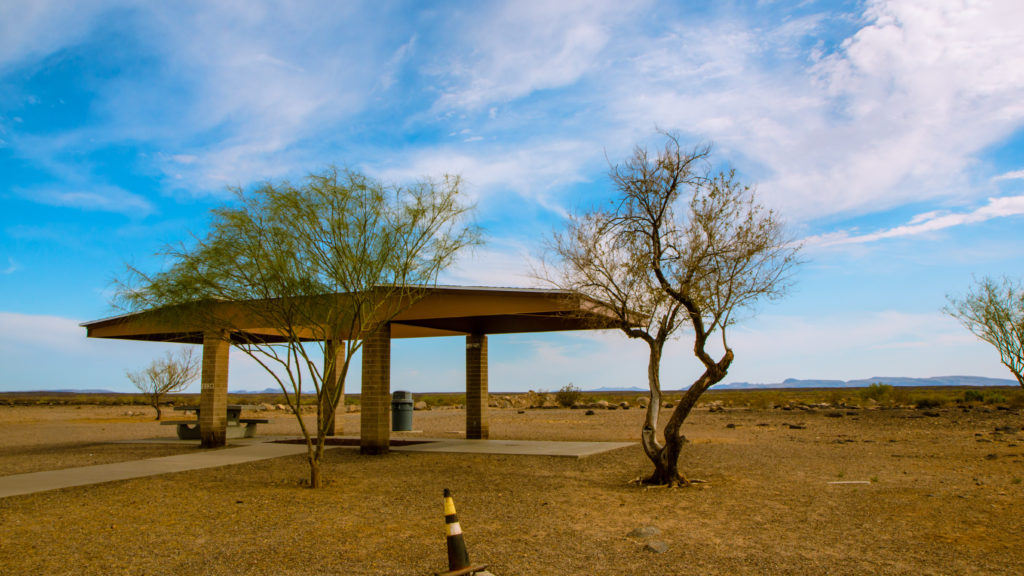A History of the Highway Rest Stop: How This Place of Rest Built an American Tradition

If you’ve ever driven across this great nation, you have seen them on the side of the road. In fact, they might have provided a much-needed respite from long hours of driving, lunchtime, the kids asking ‘are we there yet,’ the in-laws requesting bathroom breaks, or the occasional leg cramp. The beloved rest stop—in this modern day— so often misunderstood and so frequently underappreciated. Yet, these simple rest stops are an American tradition. Many of them have an antiquated charm, a beautiful simplicity, or a more modern veneer; yet, they all achieve the same thing: they let drivers stop in the midst of their journey and immerse themselves in the landscape, breathe in the air, look at the land before they continue onward.
A Brief History of The Safety Rest Stop
From the New York roads to the extensive Texas highways to the beachy California coasts these rest stops are a familiar sight to anyone who travels via car across the nation’s highway system. Of course, in more recent years, convenience stores, shops, and fast food restaurants have popped up in every exit and often eliminated the need for these serene and simple rest stops. Back in the sixties and seventies, not so much. These rest stops were necessary and a stable in the itinerary to the frequent traveler. So while several rest stops have been disappeared in recent years, the ones that remain continue to be a wonderful relic of the American road traveler.
Roadside Parks Became Important Aspects of Road Travel
These ‘safety rest areas’ were built as part of the Interstate Highway System of the 1960s and were modeled after roadside parks. They were actually initially called “roadside parks” or “waysides.” The new term didn’t happen until planning began for construction of America’s Interstate Highway system in the late 50s early 60s. The idea was to provide minimal comfort amenities for those motorists traveling through. They did not allow commercial business and were meant to give the people a chance to absorb the local landscape. In the 1960s and 70s, there were not many places that offered this, especially on stretches of newly built highway.
So in 1958 planners of the Interstate Highway System issued policy that illustrated a standard basic layout for all rest areas. They were to consist of a main building that provided toilet facilities, water, and picnic areas, as well as kiosk or desk providing local travel information. These areas were to be monitored or checked regularly by state employees to ensure things were clean, working, and maintained. And while the general layout was to be followed, states had creative freedom to make them look however they wanted and design them they did.
More typically in these rest stops you’ll find bathroom facilities, water fountains, vending machines, and picnic tables. More modern and restored versions will have everything from sitting areas to dog parks. A lot of these stops will often portray the characteristics of the local area of state. For example, rests in Oklahoma have picnic tables modeled after tipis, in Texas you’ll find Texas flags, and in New Mexico, you’ll find the yellow state flag and adobe-like structures. Most of the rest stops are placed in very scenic areas and can be a very peaceful place to take in the scenery and enjoy the landscape. Unfortunately today, many states are doing away with these rest areas, as the more amenity-rich gas station stops have taken their place.
For frequent motorists and truck drivers, these rest areas are a necessary part of their journey. It is not just about using the restroom, but about resting the eyes, relaxing, and getting much-needed sleep before continuing on a long drive. For many, it’s a safety issue. Mostly, it is a way to enjoy the surrounding land, to eat out in nature, to breathe the air and reflect on the vastness and great lands of this country.
Building on an American Tradition— Constructing America’s Highways
Constructors, Inc. has recently helped in restoring one of these rest stops on the New Mexico highway. We love being part of many American traditions and this project was another example. In this great country there are a thousand paths that are always crossing each other. We love being part of the path of New Mexicans and those that are passing through. For your construction or paving needs, call us today.